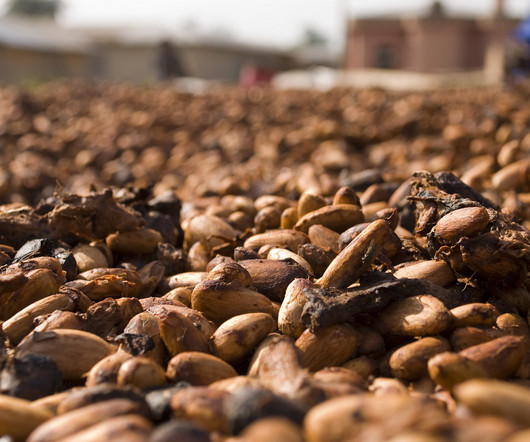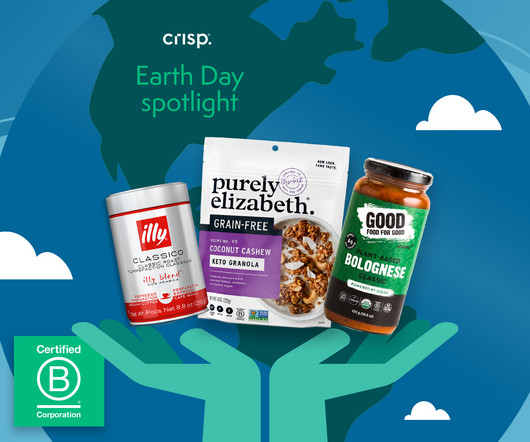From the Farmer to the Foil: The Cacao Supply Chain Challenge
SupplyShift
FEBRUARY 14, 2018
In 2017, US retail chocolate sales were the highest in 5 years, topping $22 B, while cocoa commodity prices are at a five-year low, more than 30% lower than the 2015 peak. Stasi Baranoff, Director of Global Ops and Sourcing, Uncommon Cacao). Uncommon Cacao is not alone in their efforts to improve cacao sourcing and growing practices.
















Let's personalize your content